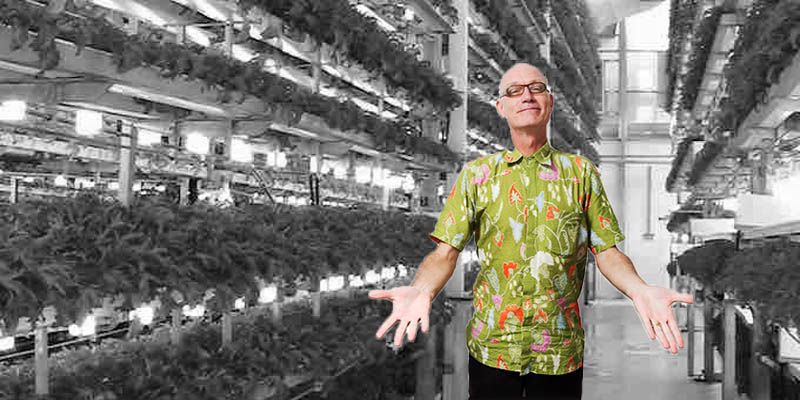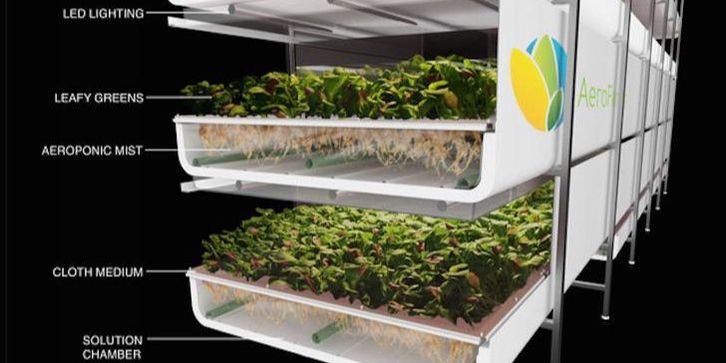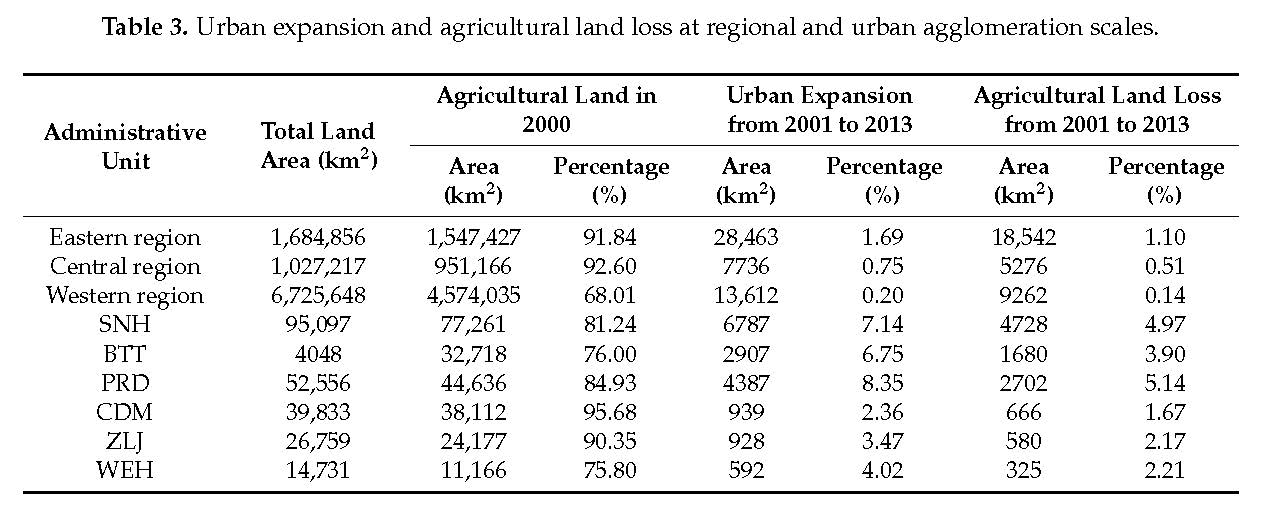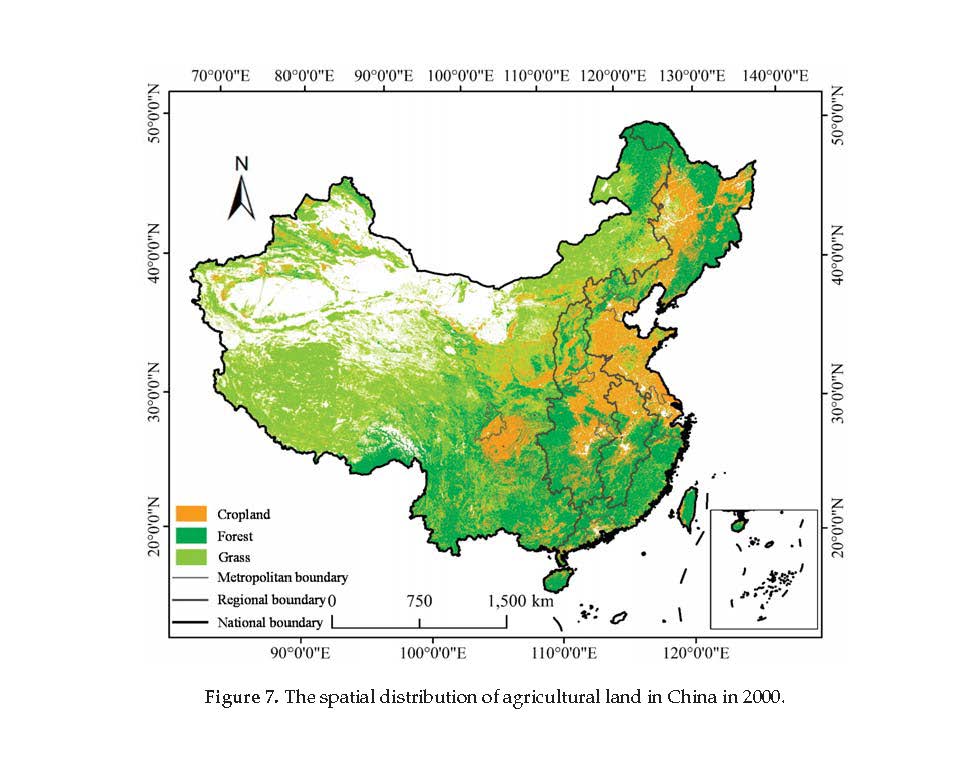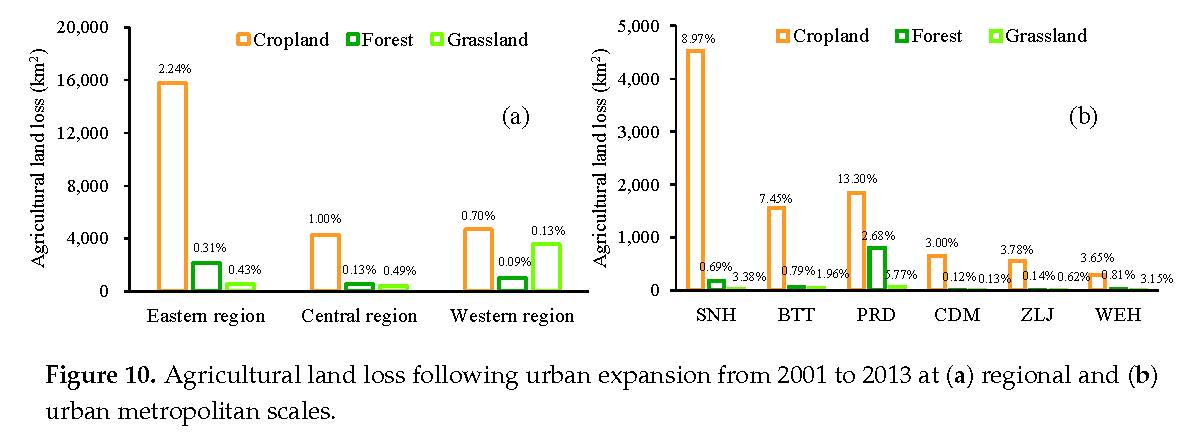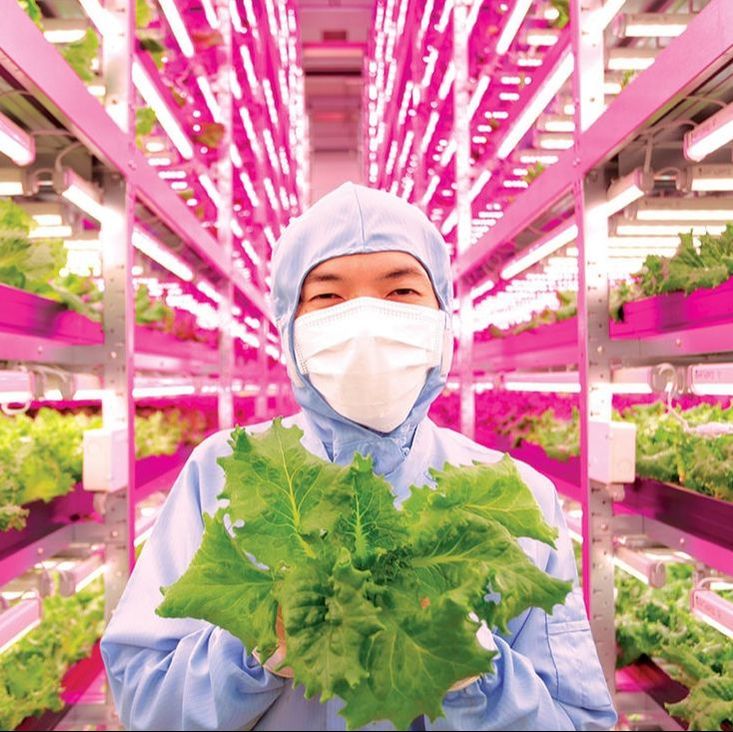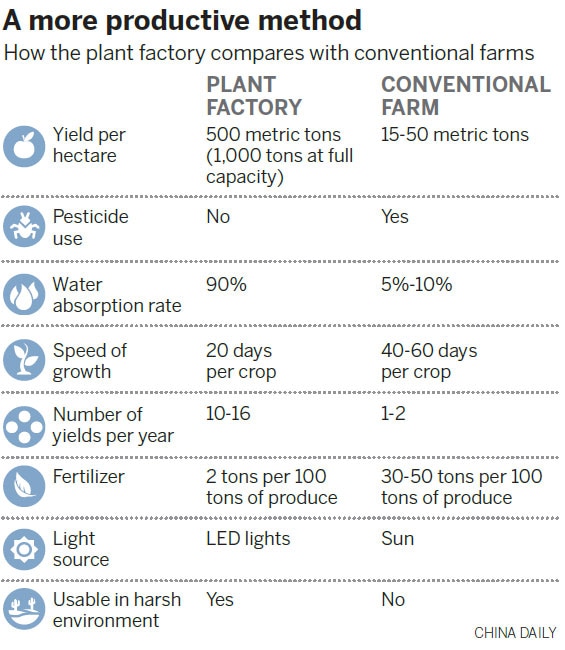|
Agricultural Revolution Awaits
23/05/2017
barryshares
So, everyone in China is being encouraged to leave the rural areas and seek their fame and fortune in the cities. Whilst we have become increasingly aware of some of the social stories around rural depopulation; children growing up with absent parents and ghost like villages inhabited only by the elderly, there is a huge cost in the agricultural land itself losing its custodians. Whereas a rural population has food sources close at hand, feeding big cities increases logistical problems of transport, time, space and waste. Changes are afoot.
2017/04/24
Simple Solar Tech Generates New Lives 2017/04/07 Location Location Location 2017/03/22 To Plan Or Not To Plan? 2017/03/08 Air Pollution The New Normal |
Reference:
[1] Urban Expansion and Agricultural Land Loss in China: A Multiscale Perspective. Sustainability 2016, 8, 790; doi:10.3390/su8080790 |
Services |

